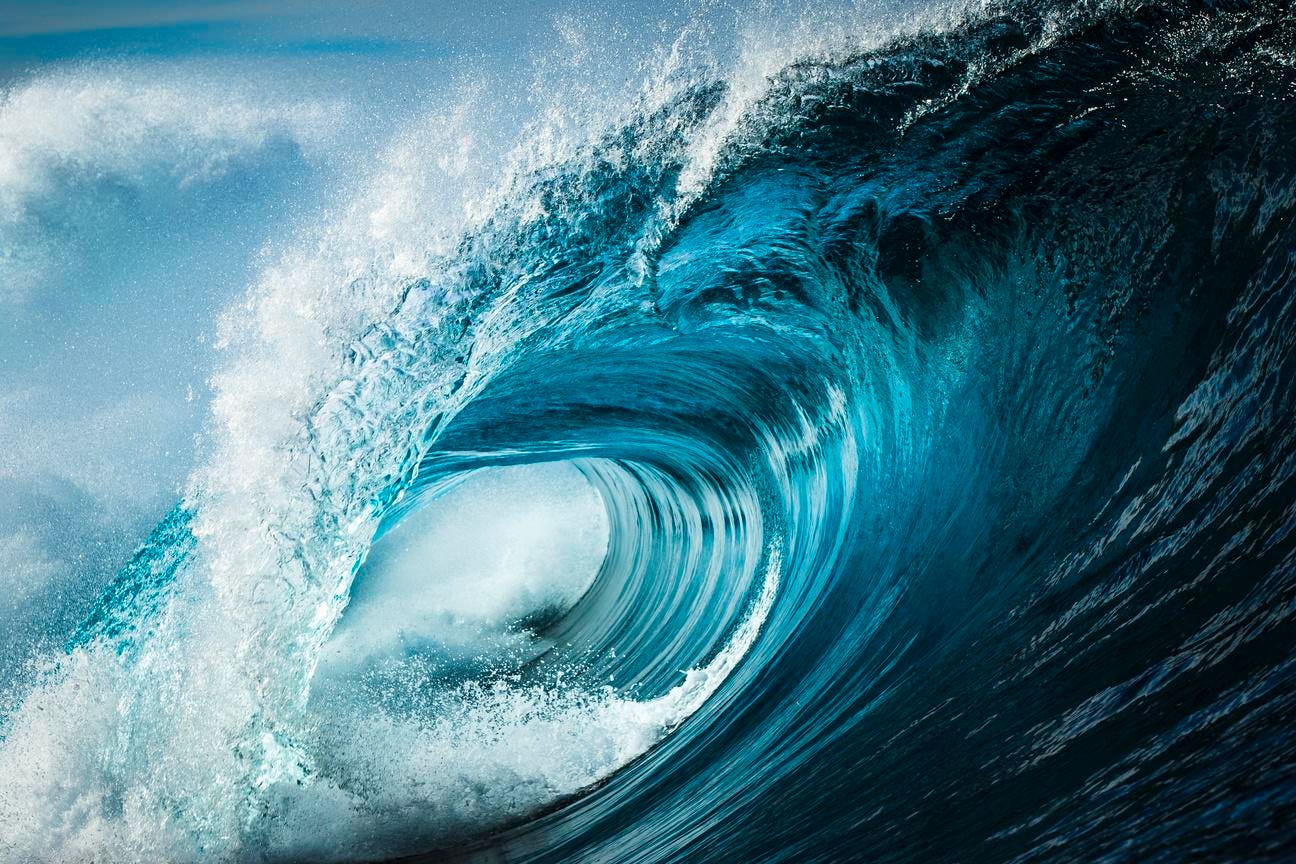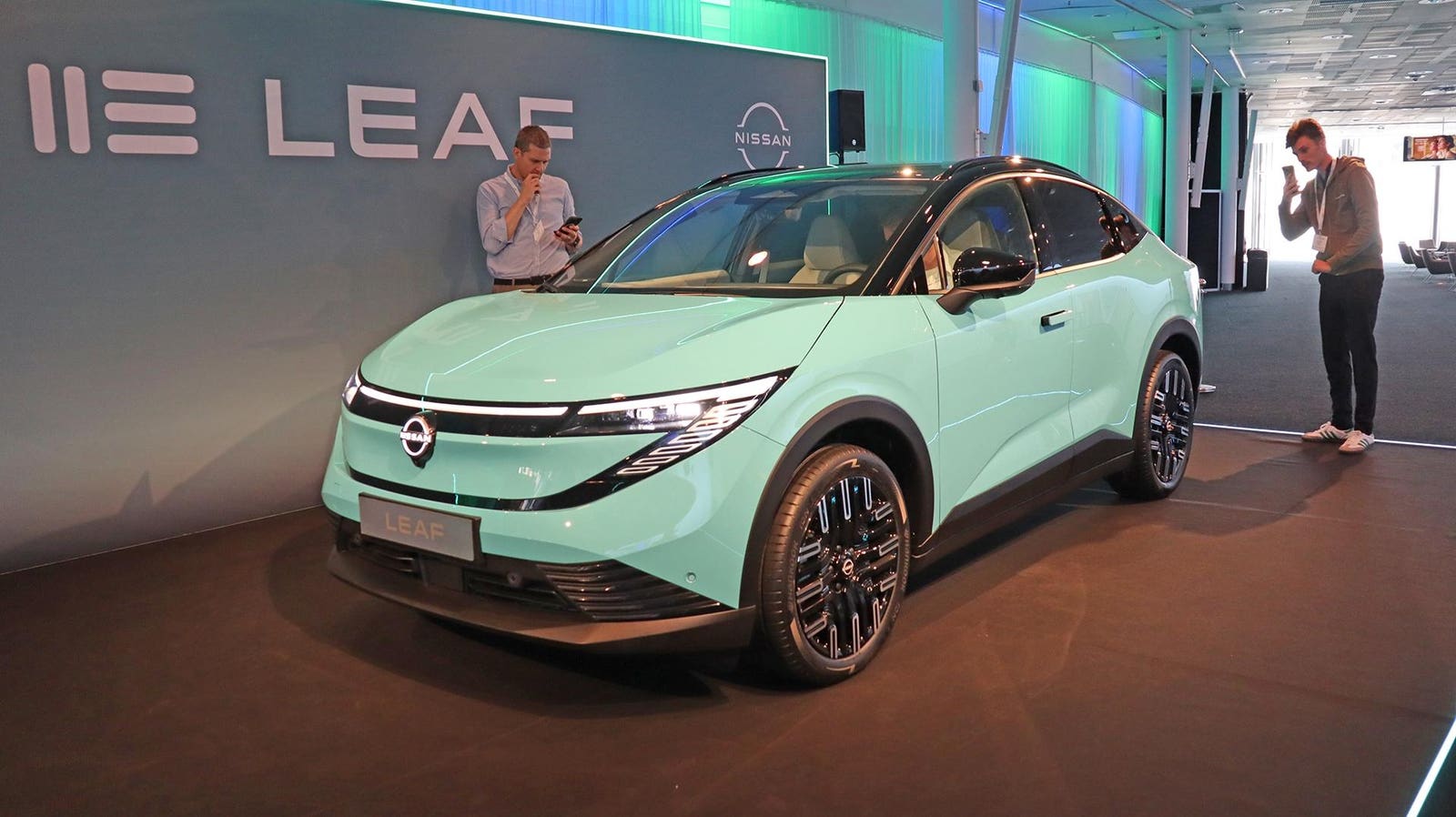Close up detail of powerful teal blue wave breaking in open ocean on a bright sunny afternoon
getty
When we talk about carbon removal, the conversation often feels like science fiction. Machines that suck CO₂ directly from the air, forests genetically engineered to grow faster, mineral powders spread on farmland to lock away greenhouse gases. Each approach is tantalizing, none assured.
Now, the ocean is stepping forward as a solution.
Frontier, the $1 billion carbon removal fund backed by Stripe, Google, Shopify, McKinsey, and others just announced a $31.3 million offtake agreement with Planetary, a Canadian climate-tech firm pioneering ocean alkalinity enhancement (OAE). Under the deal, Planetary will remove 115,211 tons of CO₂ between 2026 and 2030 at $270 a ton.
“This offtake with Frontier buyers allows us to demonstrate that ocean alkalinity enhancement can safely and effectively remove CO₂ beyond small-scale trials.” said Mike Kelland, CEO of Planetary. “This approach could be the cheapest and most scalable carbon removal solution. We’re eager to show how it can be rolled out responsibly.”
It’s not the biggest contract Frontier has signed. But it may be one of the most important—because it’s a landmark for the ocean as a carbon sink, and for OAE as a credible, scalable pathway.
The Ocean Already Does the Work — We’re Just Helping It Along
The ocean already does the lion’s share of climate work for us. Each year it absorbs about 25–30% of human CO₂ emissions, pulling the gas into surface waters where it slowly mixes into the deep ocean. Without this service, our world would already be far hotter.
But that natural absorption comes with a cost: ocean acidification. As more CO₂ dissolves into seawater, it forms carbonic acid, lowering pH and threatening marine life. Shellfish struggle to form shells, corals bleach, entire ecosystems wobble.
OAE flips this equation. By adding alkaline substances—minerals like magnesium oxide or calcium hydroxide—into seawater, you increase the ocean’s capacity to absorb CO₂ while counteracting acidification. The chemistry is simple: alkalinity turns dissolved CO₂ into bicarbonate, a form stable for over 10,000 years.
In effect, OAE asks the ocean to do more of what it already does—only safer, faster, and more durably.
For years, OAE lingered in the background of climate strategy: promising in theory, but untested at scale. The challenges were enormous. How do you measure carbon removal in a fluid system as vast as the ocean? How do you ensure safety for marine ecosystems and communities?
From Experiments to Markets: Why This Deal Matters
Planetary has been chipping away at those questions. Earlier this year, they delivered the world’s first independently verified OAE removals, a small batch of 625 tons certified by Isometric. They’ve also embedded safety triggers and sensor networks into their deployments, monitoring water chemistry in real time and pausing operations if conditions stray beyond thresholds.
Just as importantly, they’ve made Indigenous and coastal community engagement central to their work. The Confederacy of Mainland Mi’kmaq and the Lennox Island First Nation, for instance, have been partners in research and monitoring. In an era where public trust can make or break climate technologies—as seen when Planetary’s planned Cornwall trial was halted amid local opposition—that social license is crucial.
Frontier’s offtake isn’t just a purchase. It’s a signal.
First, it validates OAE as a pathway worthy of serious capital. With projected costs between $70 and $120 per ton, OAE is on track to be one of the cheapest forms of durable carbon removal. Planetary’s pathway to <$100 depends on cheap feedstocks and co-location with industrial sites—an approach that makes sense in a world of limited time and resources.
Second, it sets a standard for measurement. Unlike land-based mineralization, where weathering rates can stretch over decades, Planetary dissolves its alkaline minerals before release. That ensures you know when and where the carbon removal happens, a huge advance in measurement, reporting, and verification. Frontier’s willingness to write a $31 million check suggests they believe the science is solid.
Third, it aligns climate action with co-benefits. Unlike direct air capture machines, OAE improves ocean health by buffering against acidification. That means better conditions for oysters in Prince Edward Island, for lobster fisheries in Nova Scotia, for coral reefs elsewhere. It’s rare in climate tech to find a solution that both cuts carbon and heals ecosystems.
A Turning Point for the Ocean — and for Carbon Removal
This deal is not the endgame. It’s a pilot for a future where OAE could scale to billions of tons per year, becoming a backbone of global carbon removal. But risks remain. Local opposition could stall deployments. Regulatory frameworks for ocean carbon removal are still nascent. And we don’t yet know how ecosystems will respond at larger scales.
That’s why this offtake matters. It creates the conditions for learning by doing—safely, transparently, and at a scale that begins to matter.
In a decade defined by climate urgency, we need to widen the portfolio of solutions. Trees won’t be enough. Direct air capture will be too expensive, too slow. The ocean, already our biggest ally, may hold the key.
Frontier’s bet on Planetary is more than a contract. It’s a wager that the ocean, with a nudge from chemistry, can be a partner in building a livable future.









